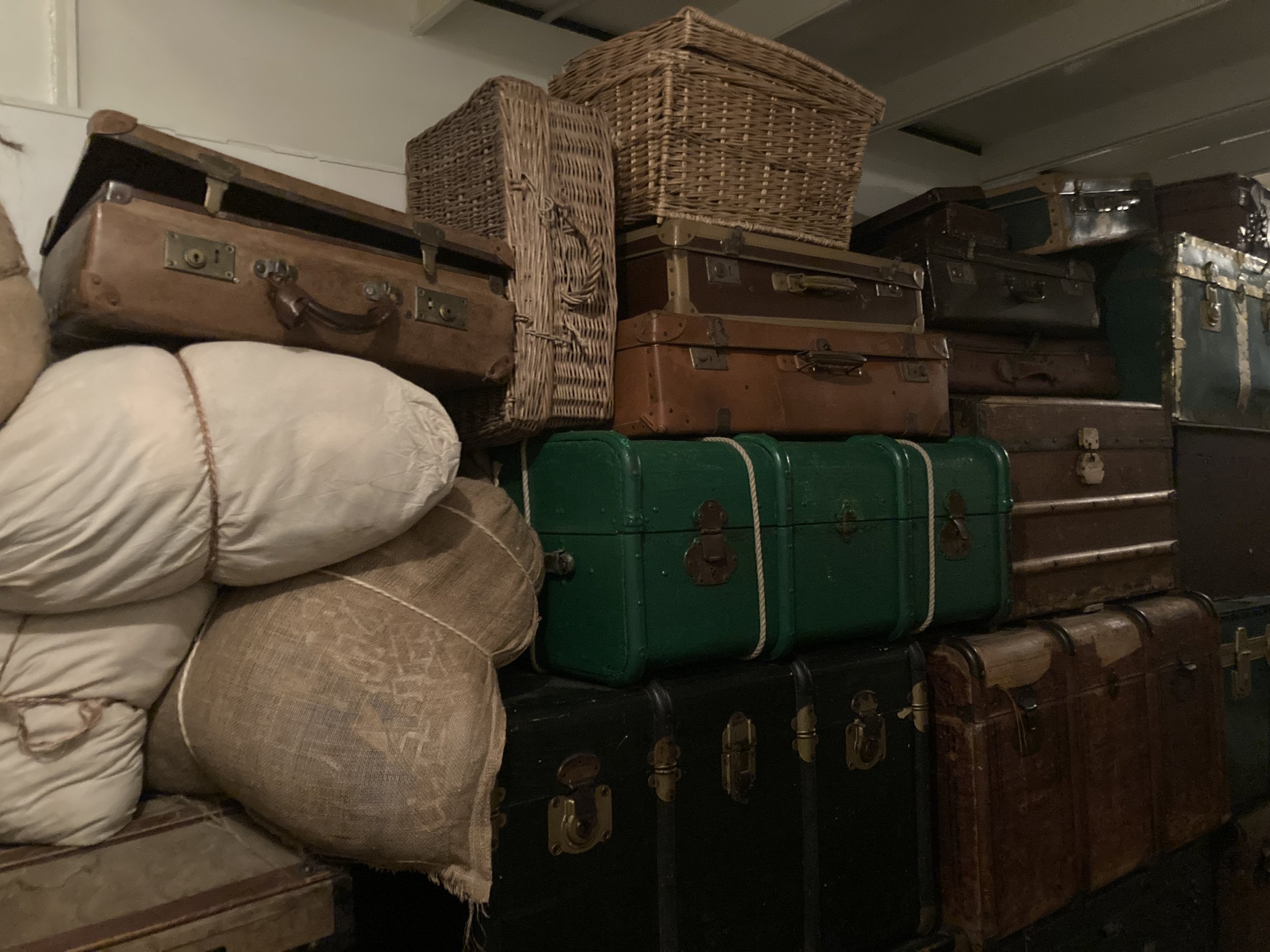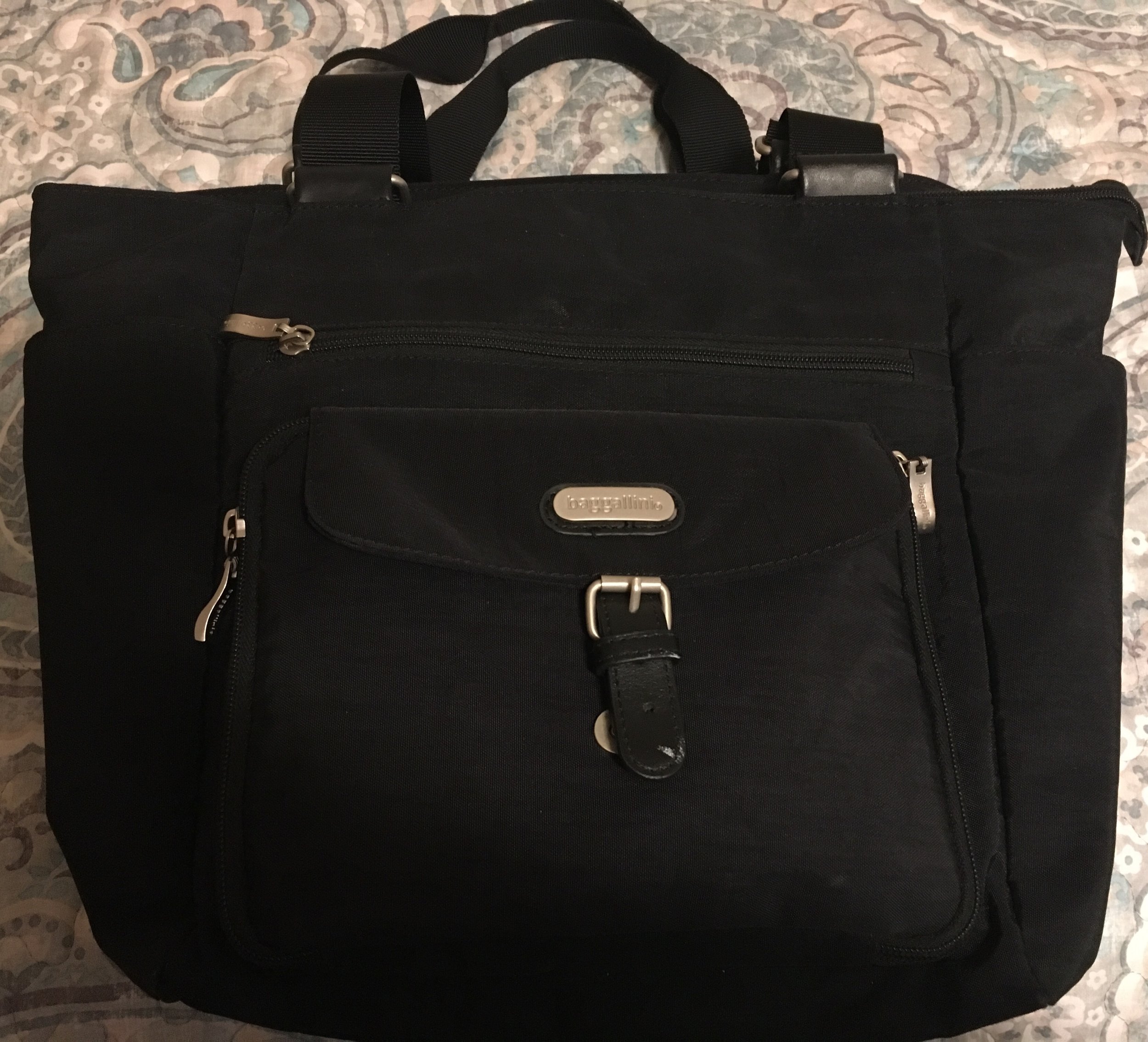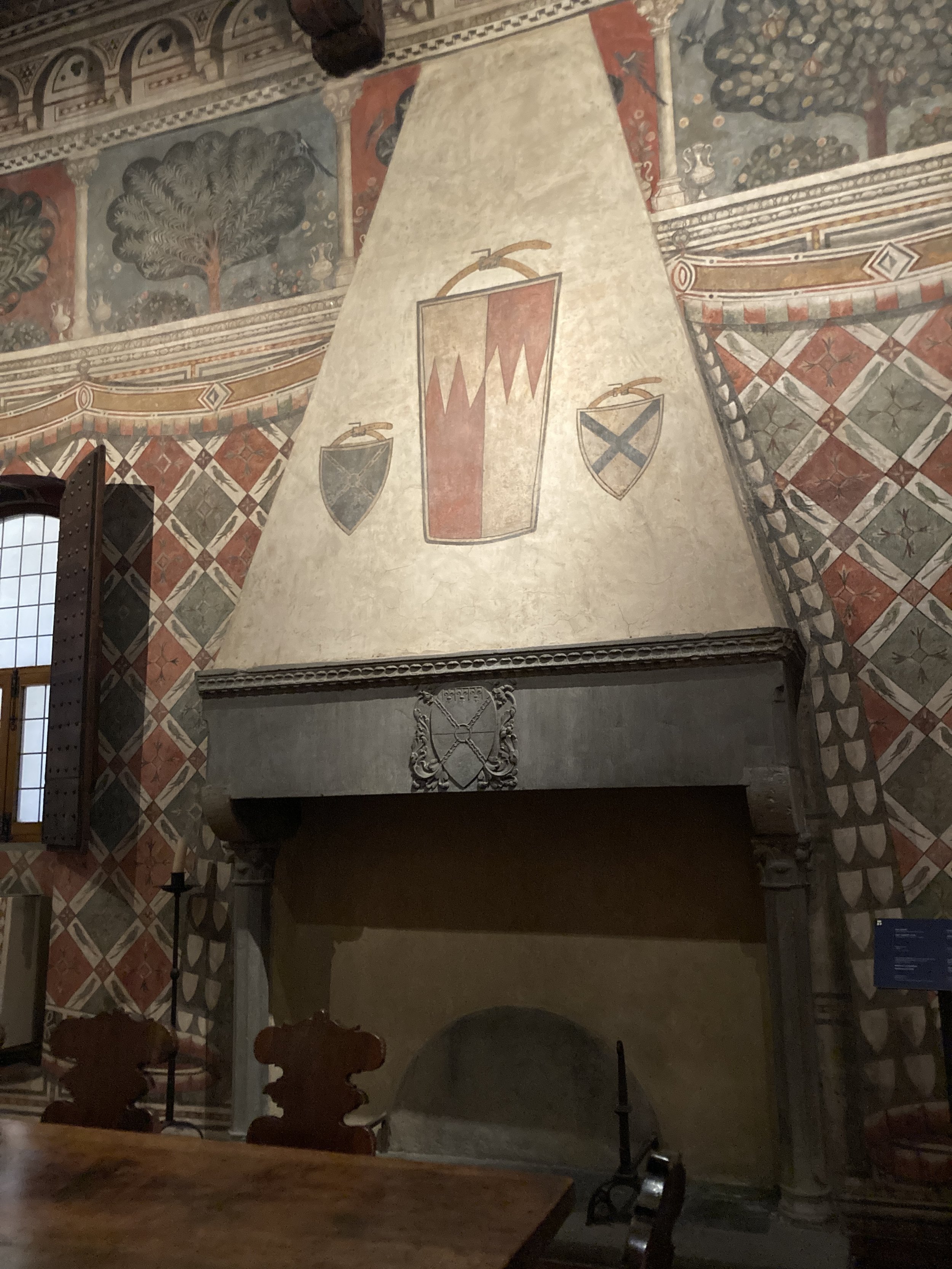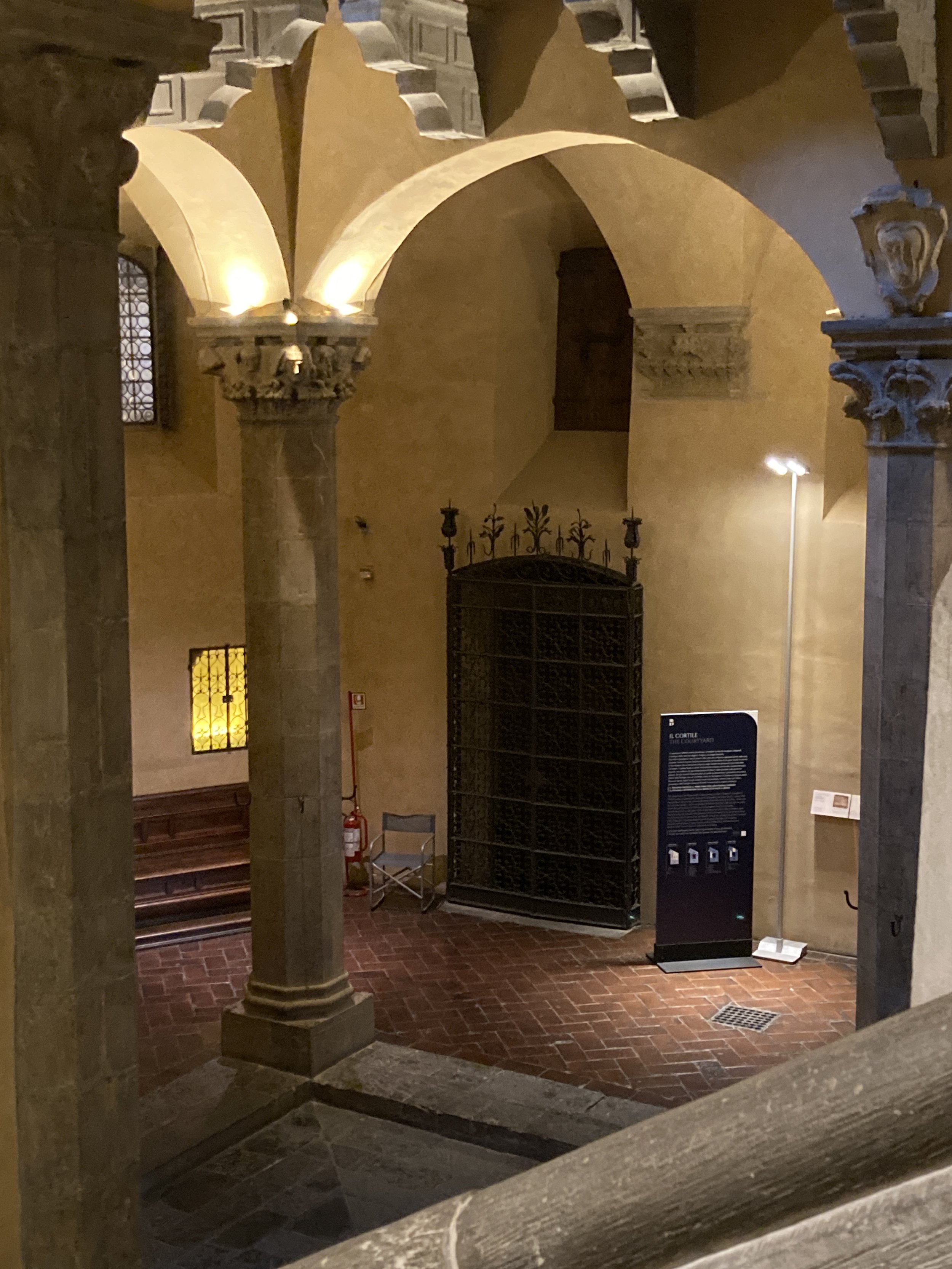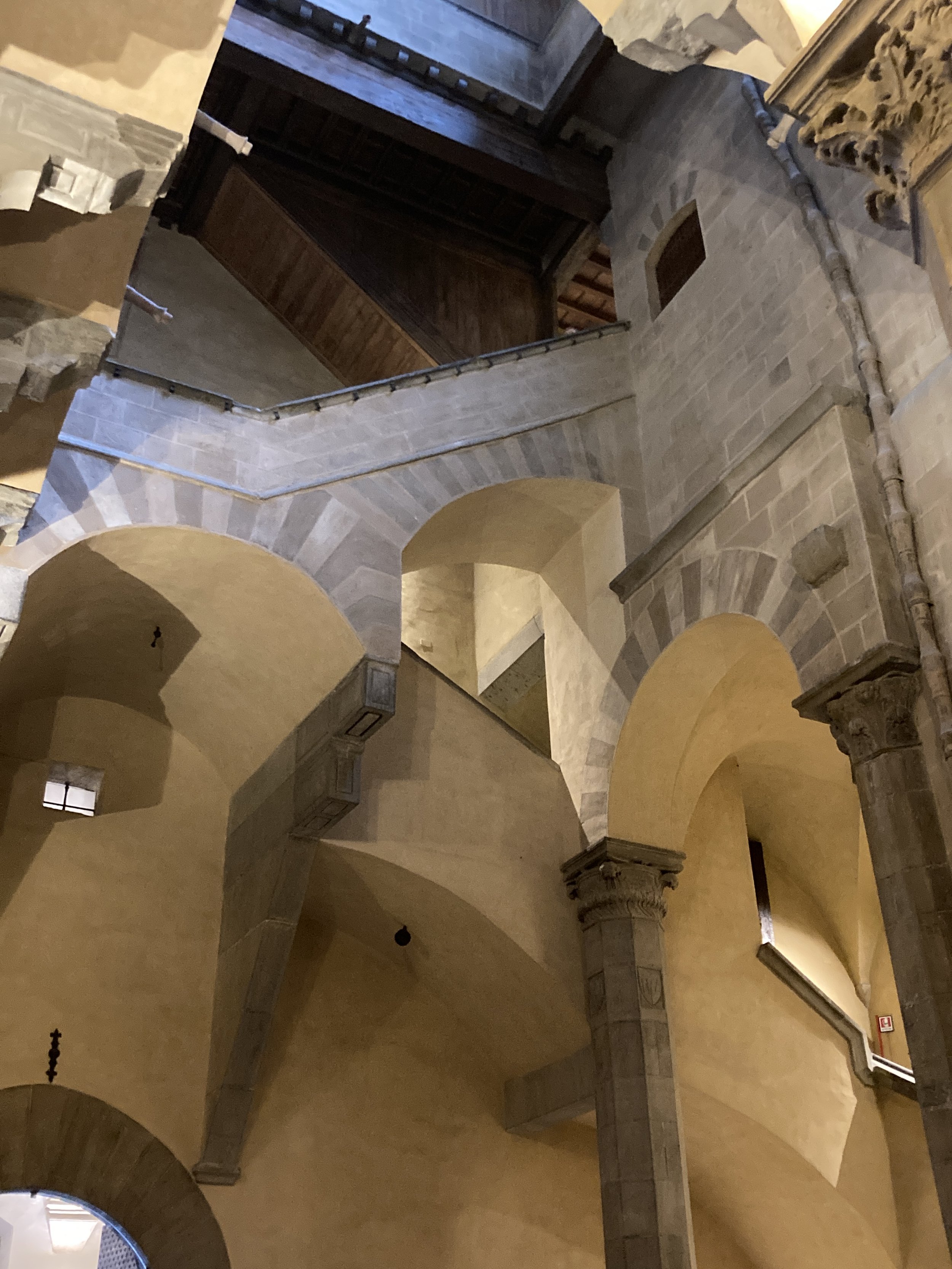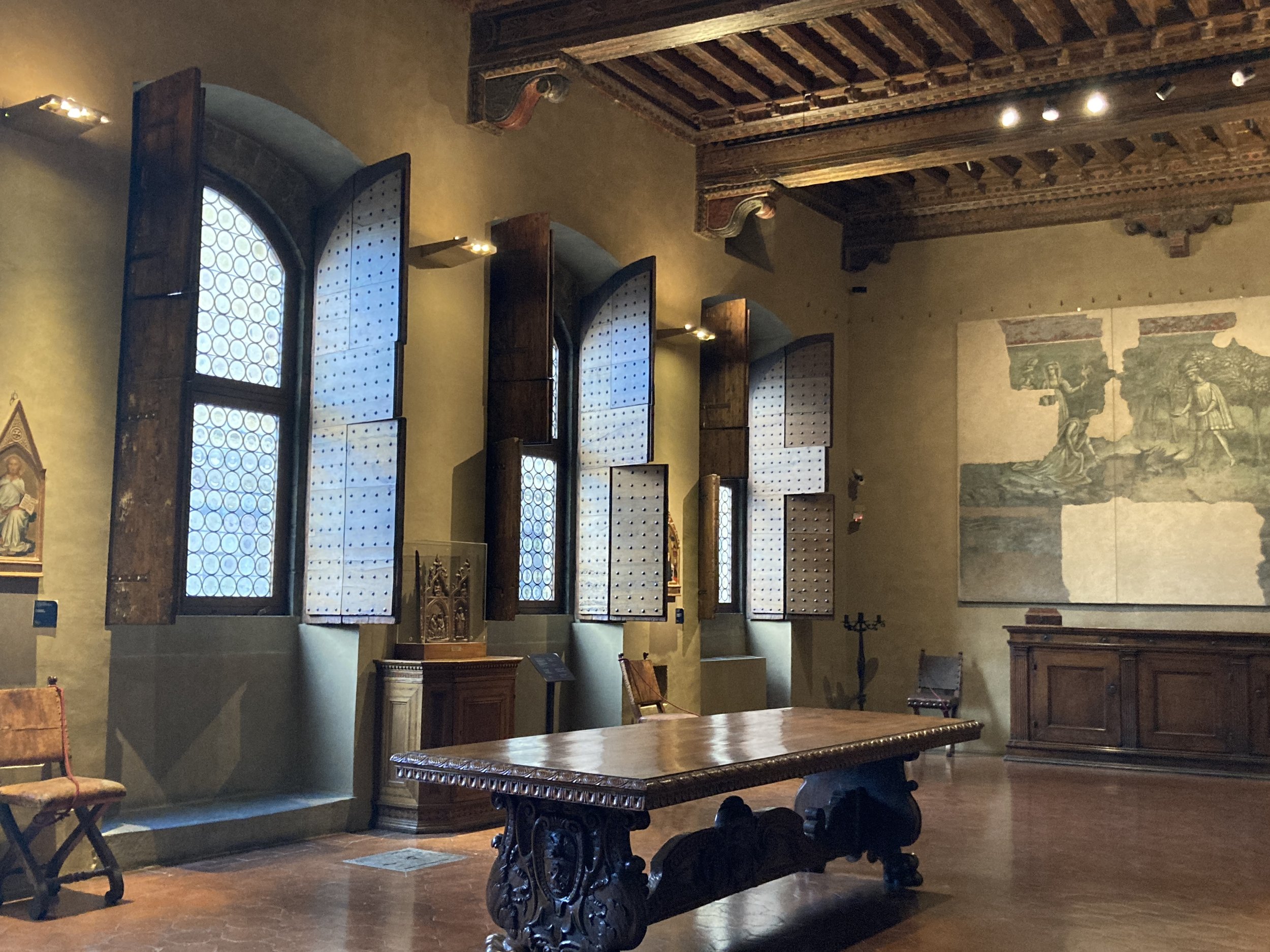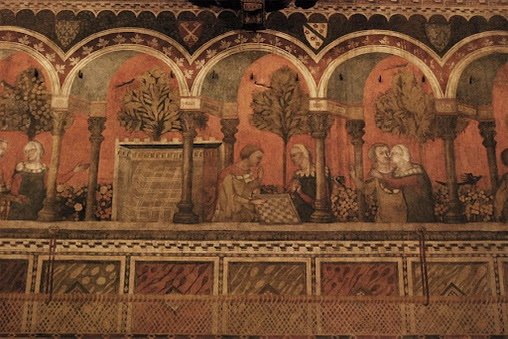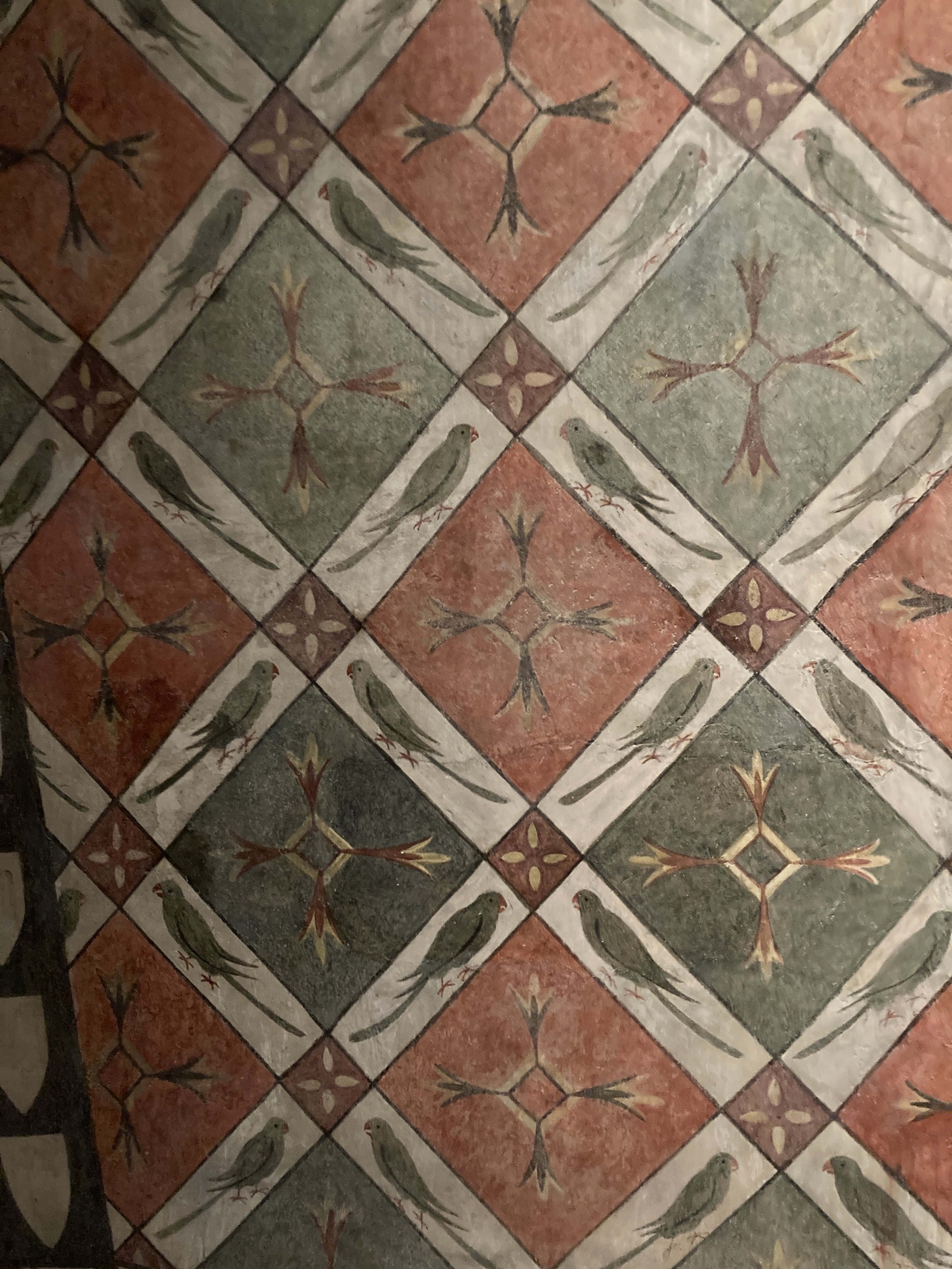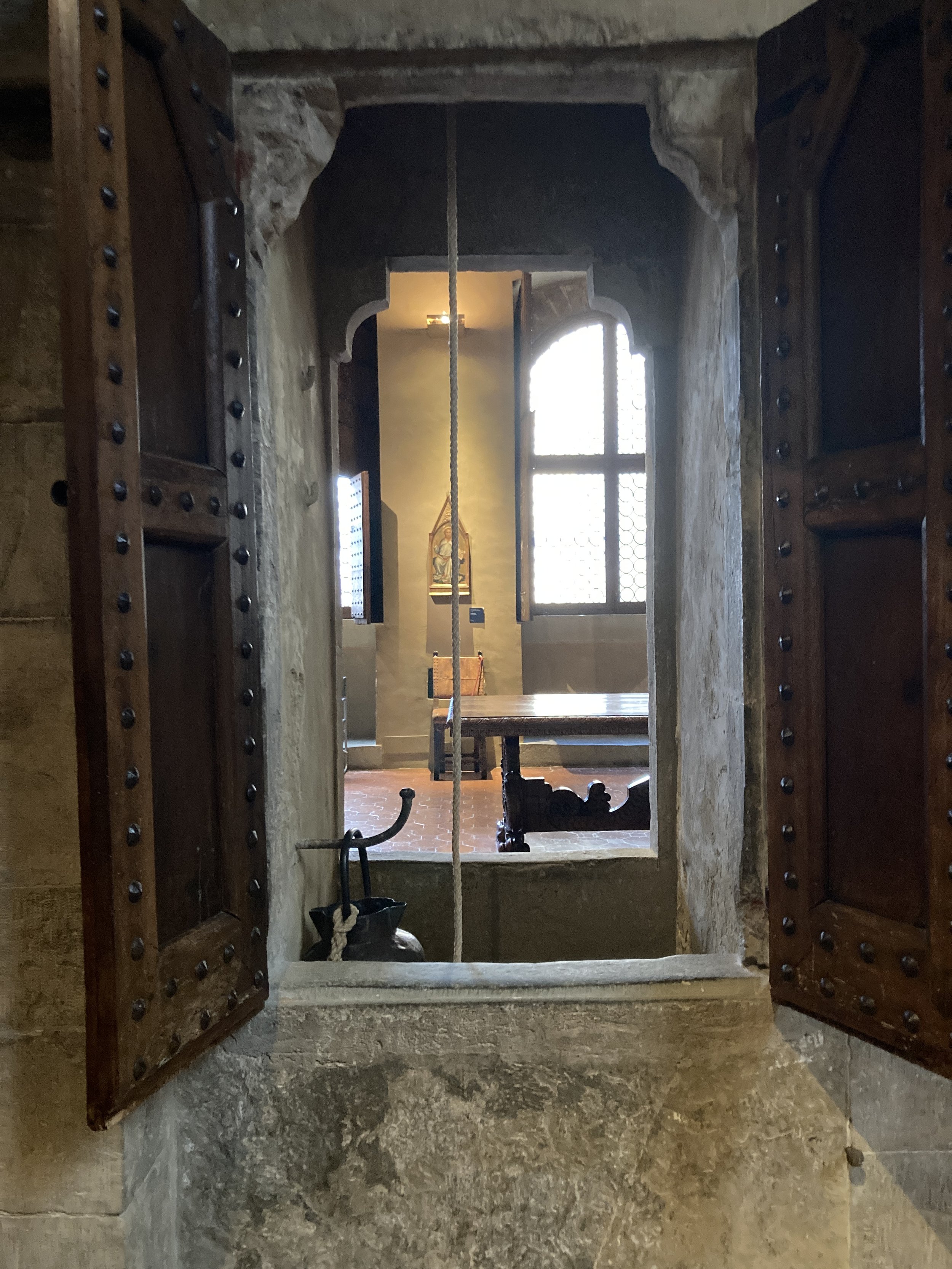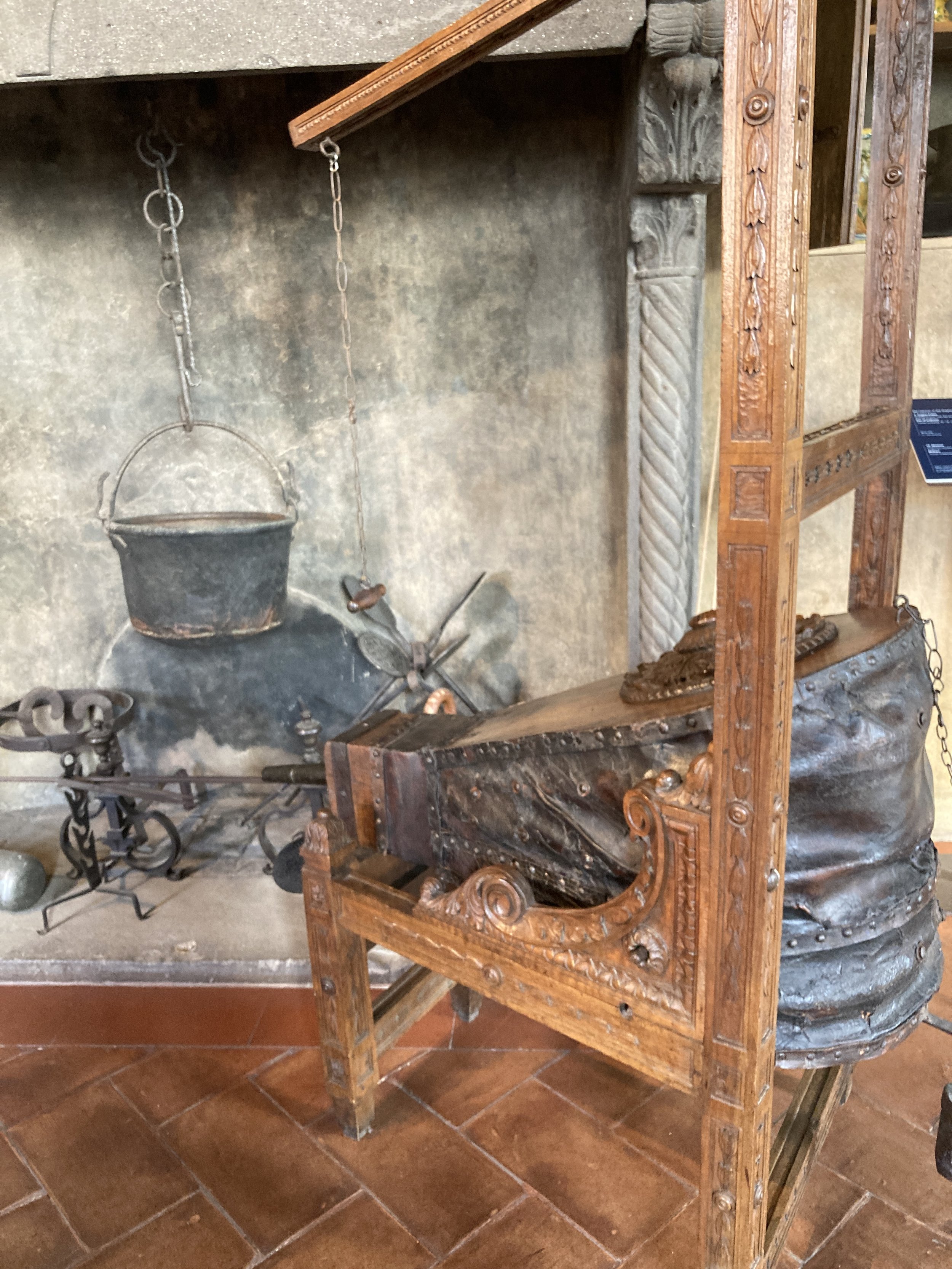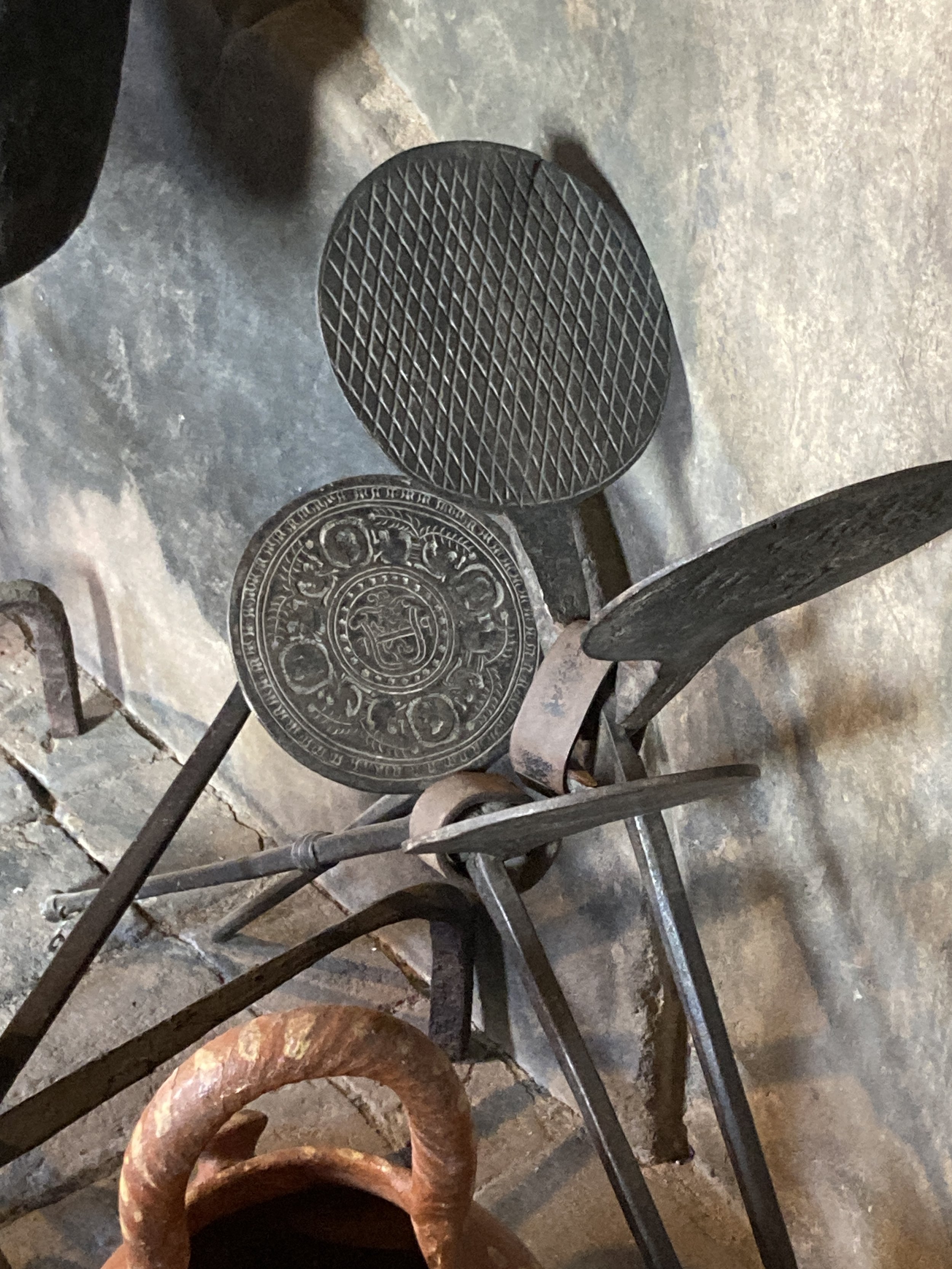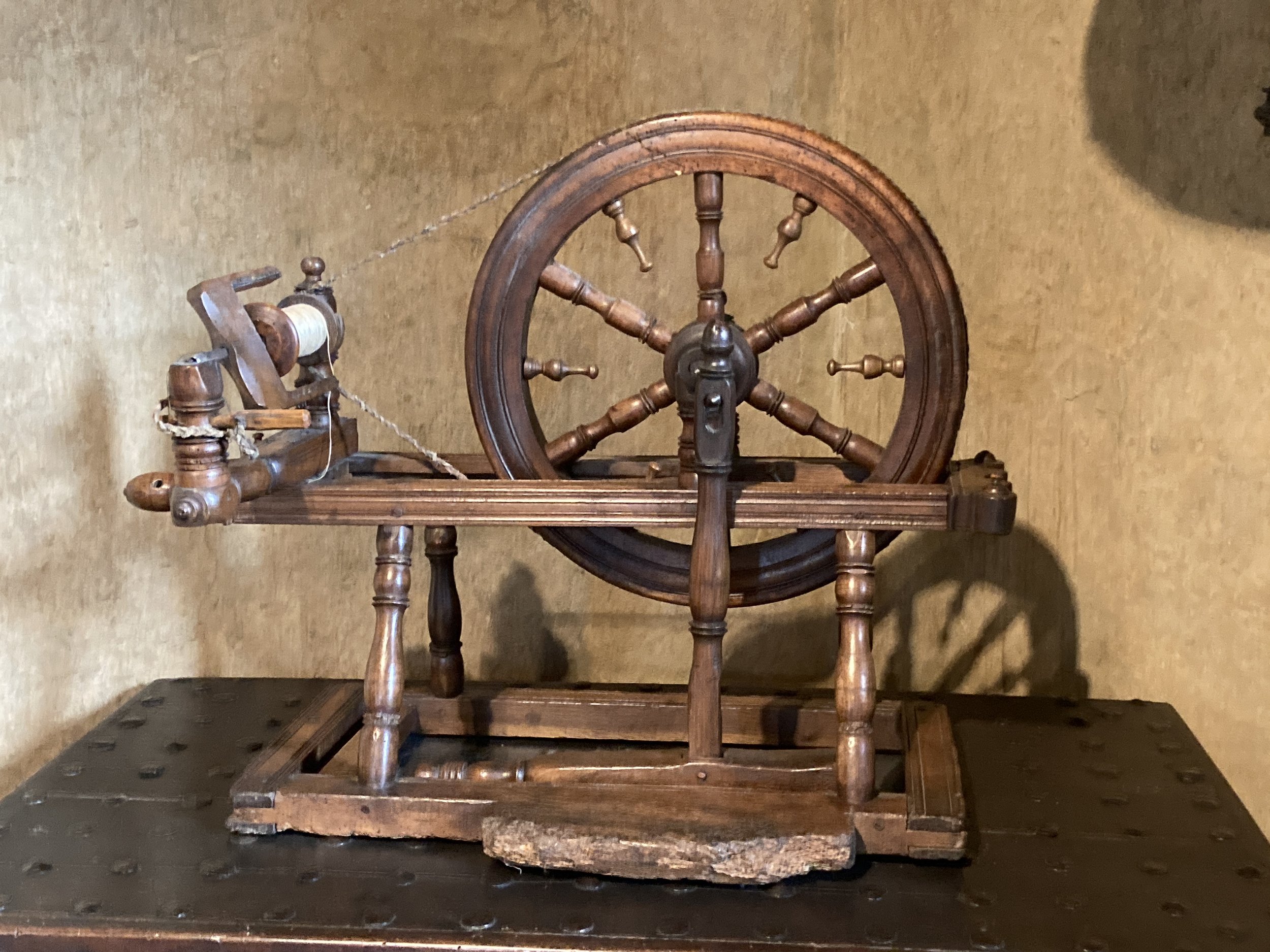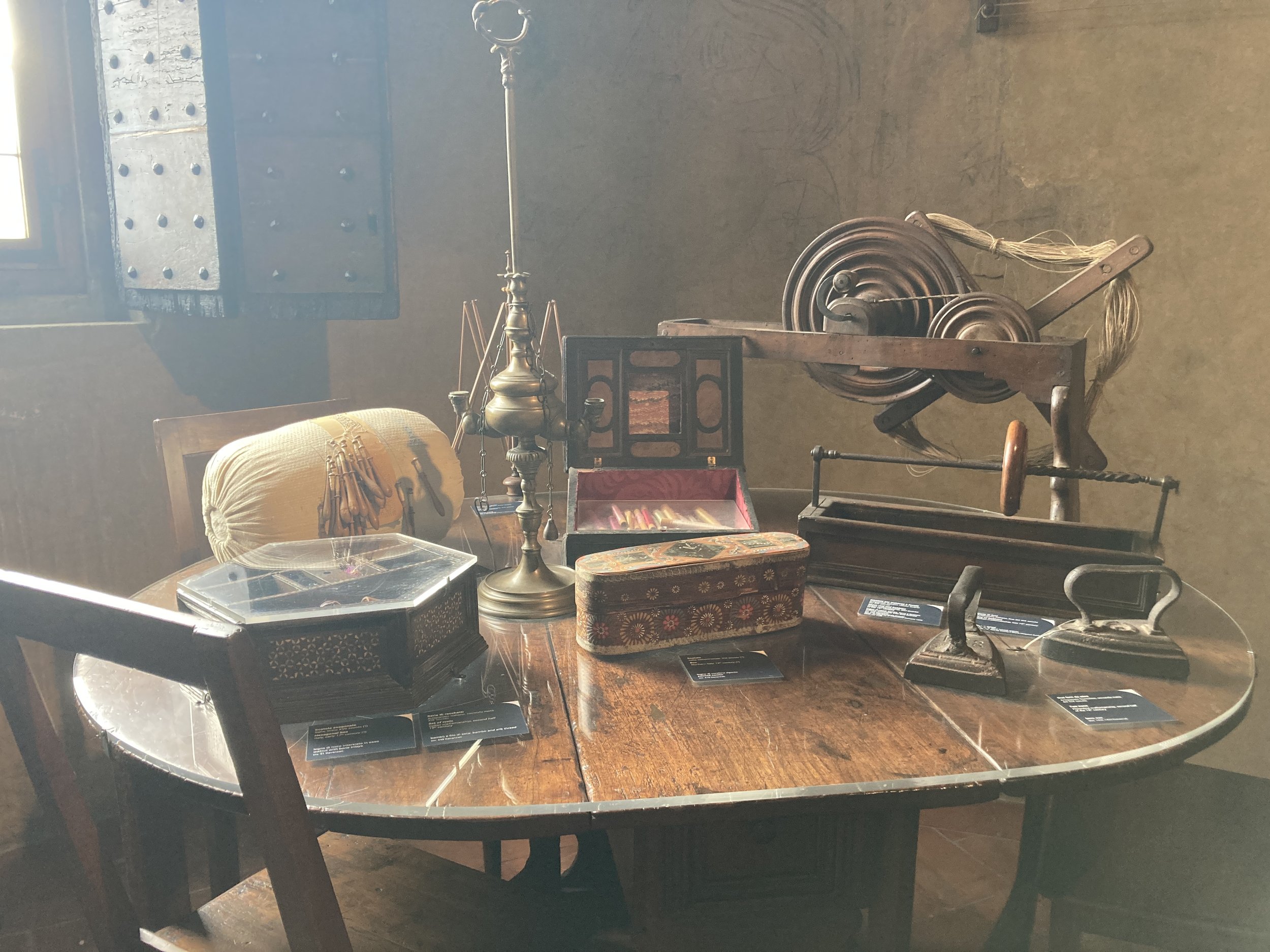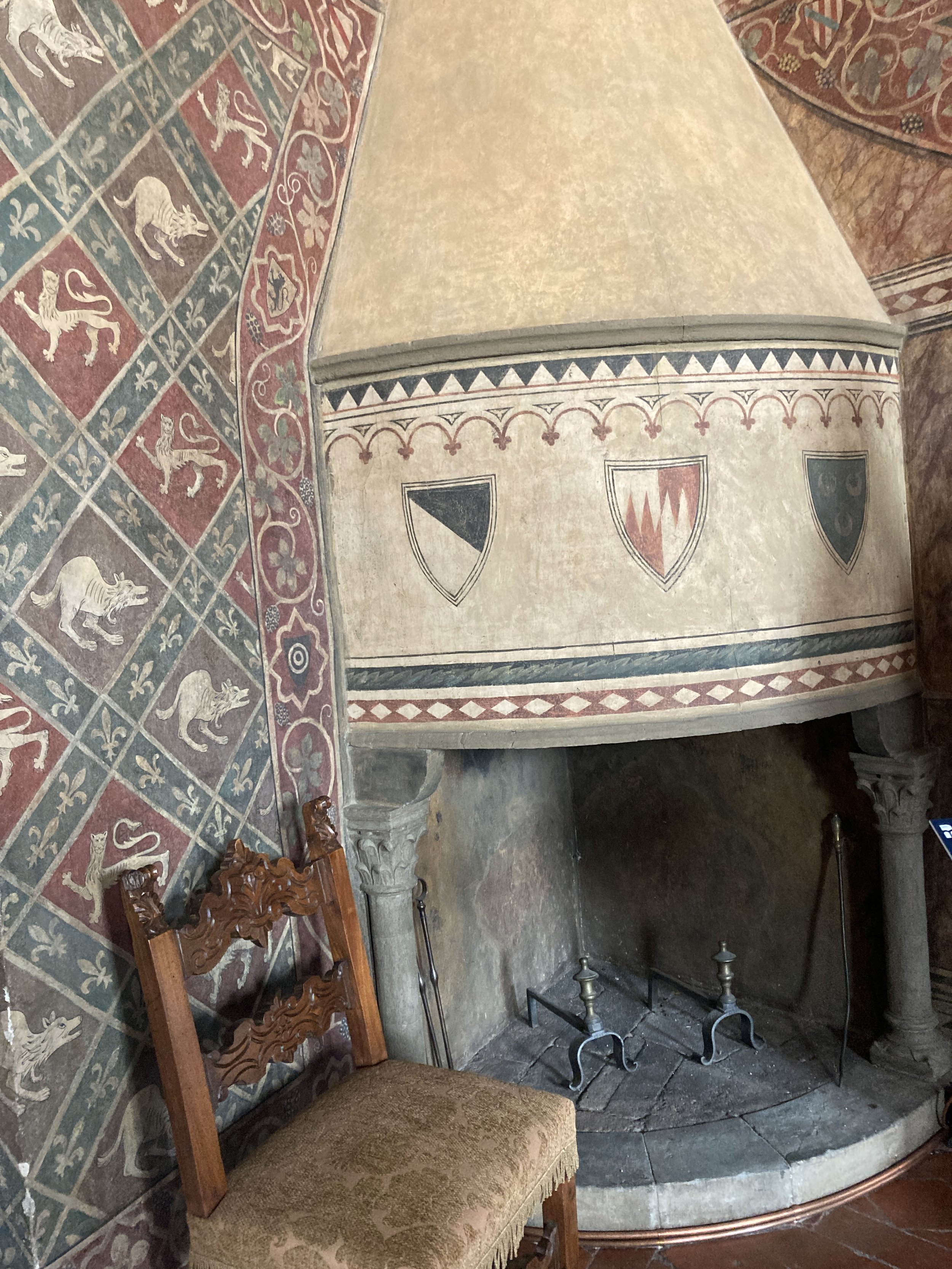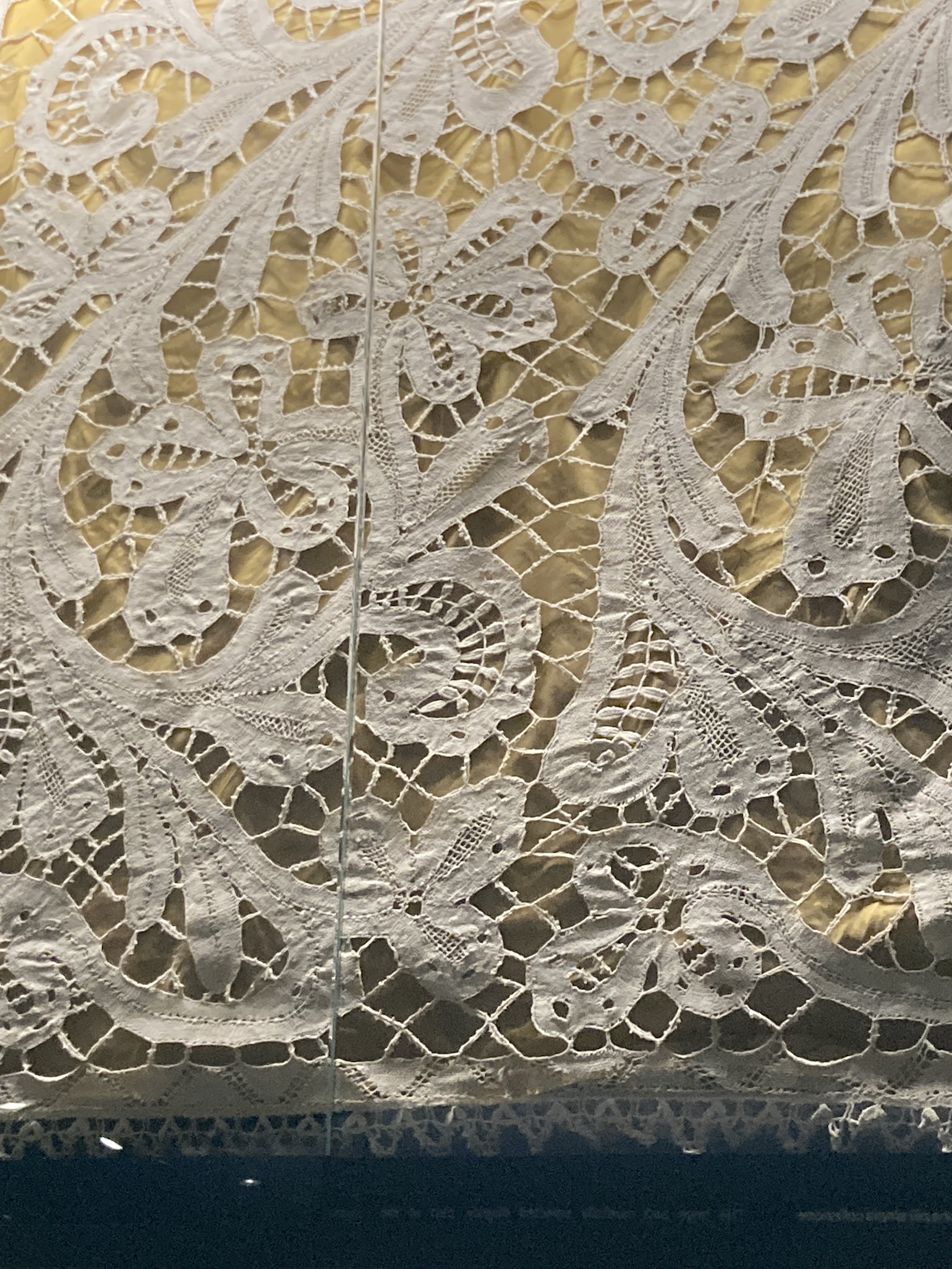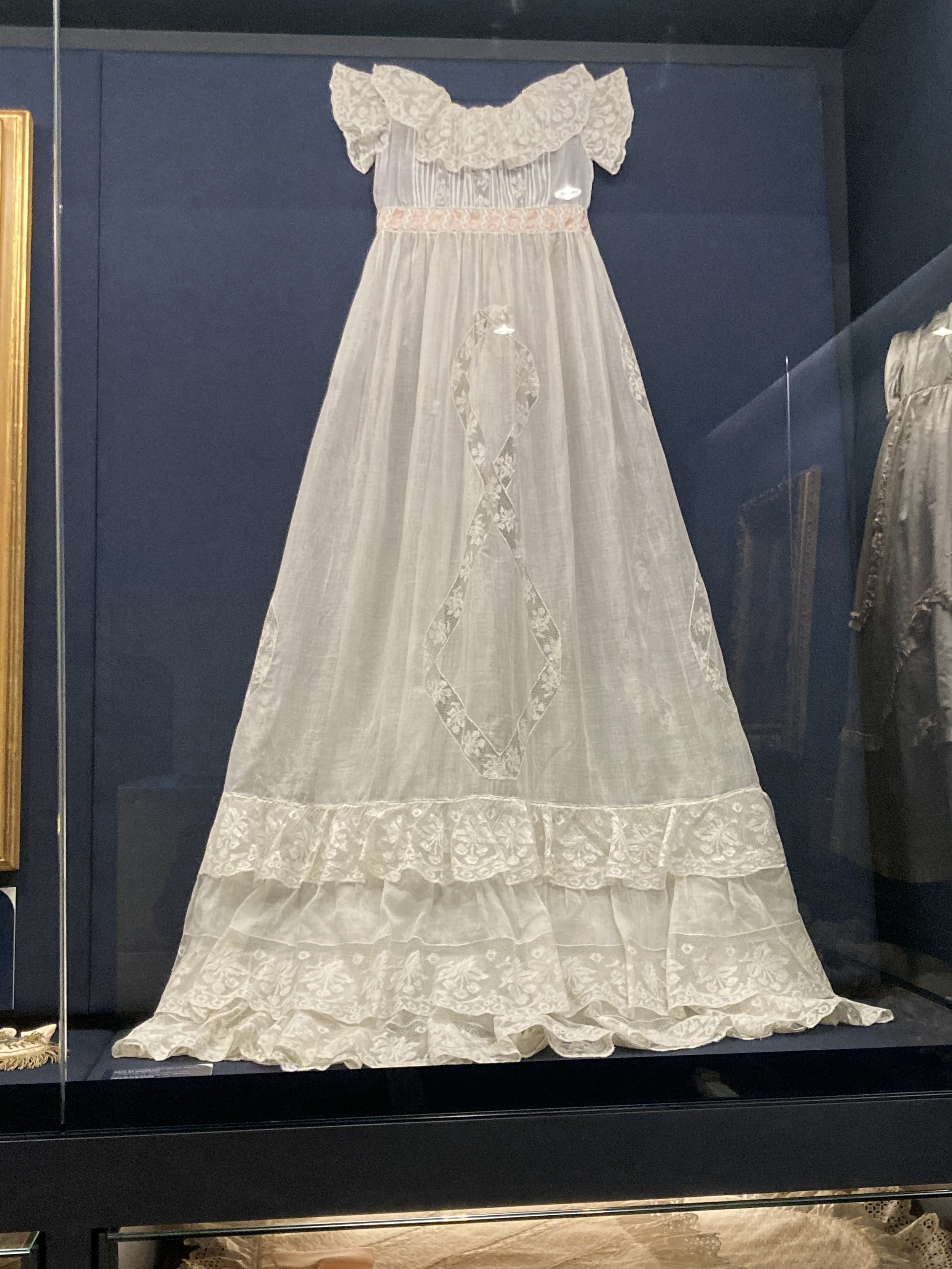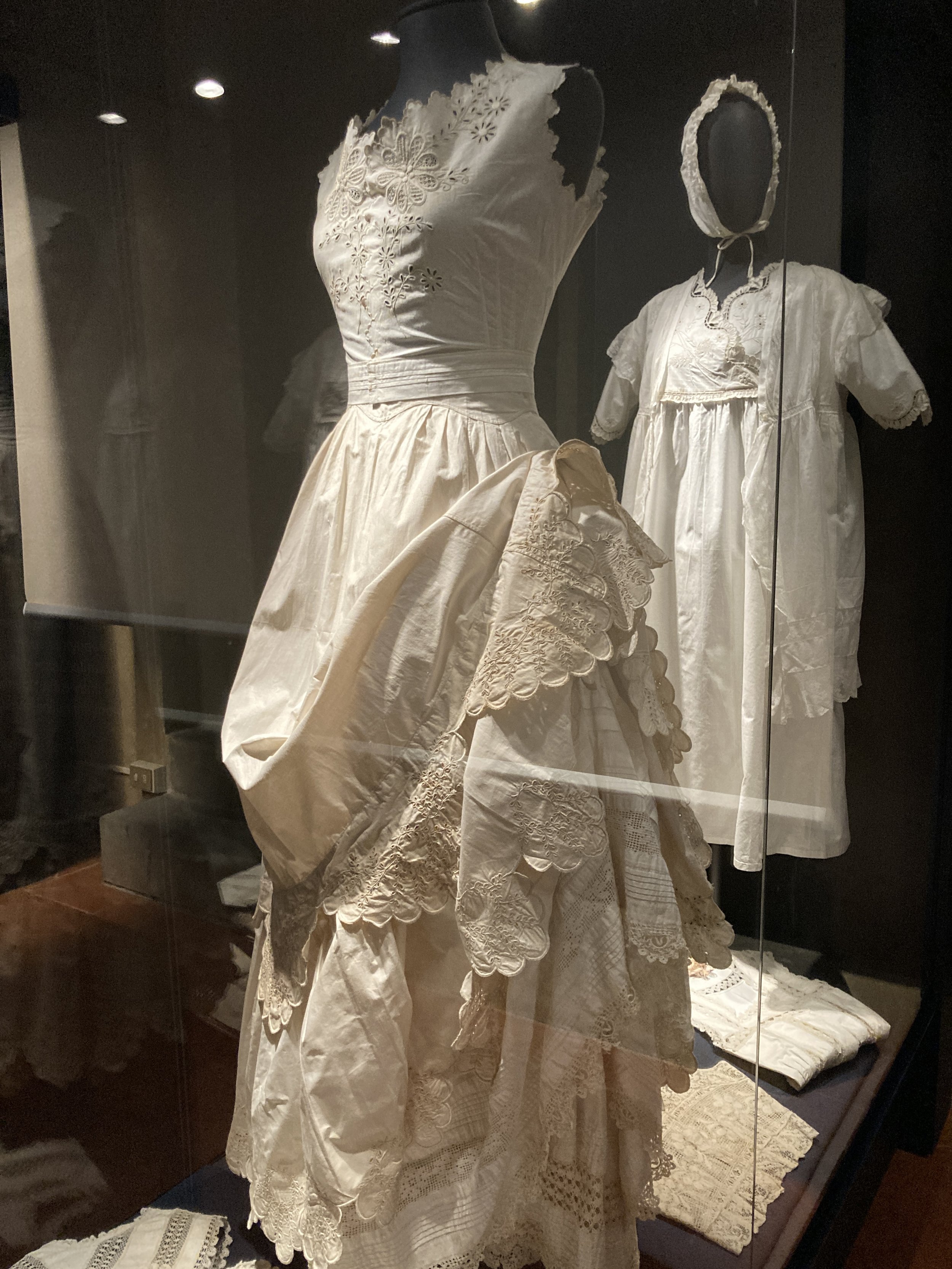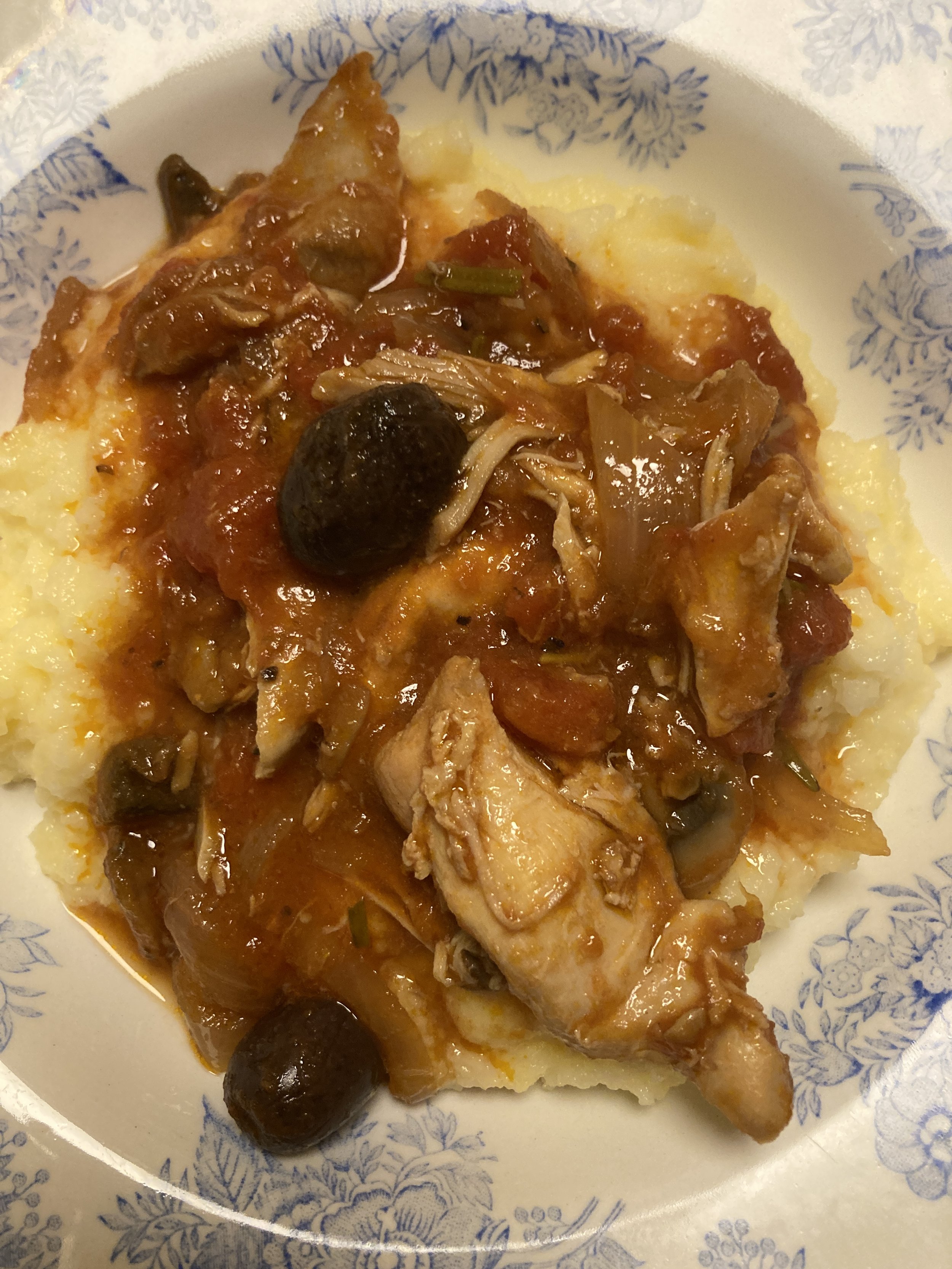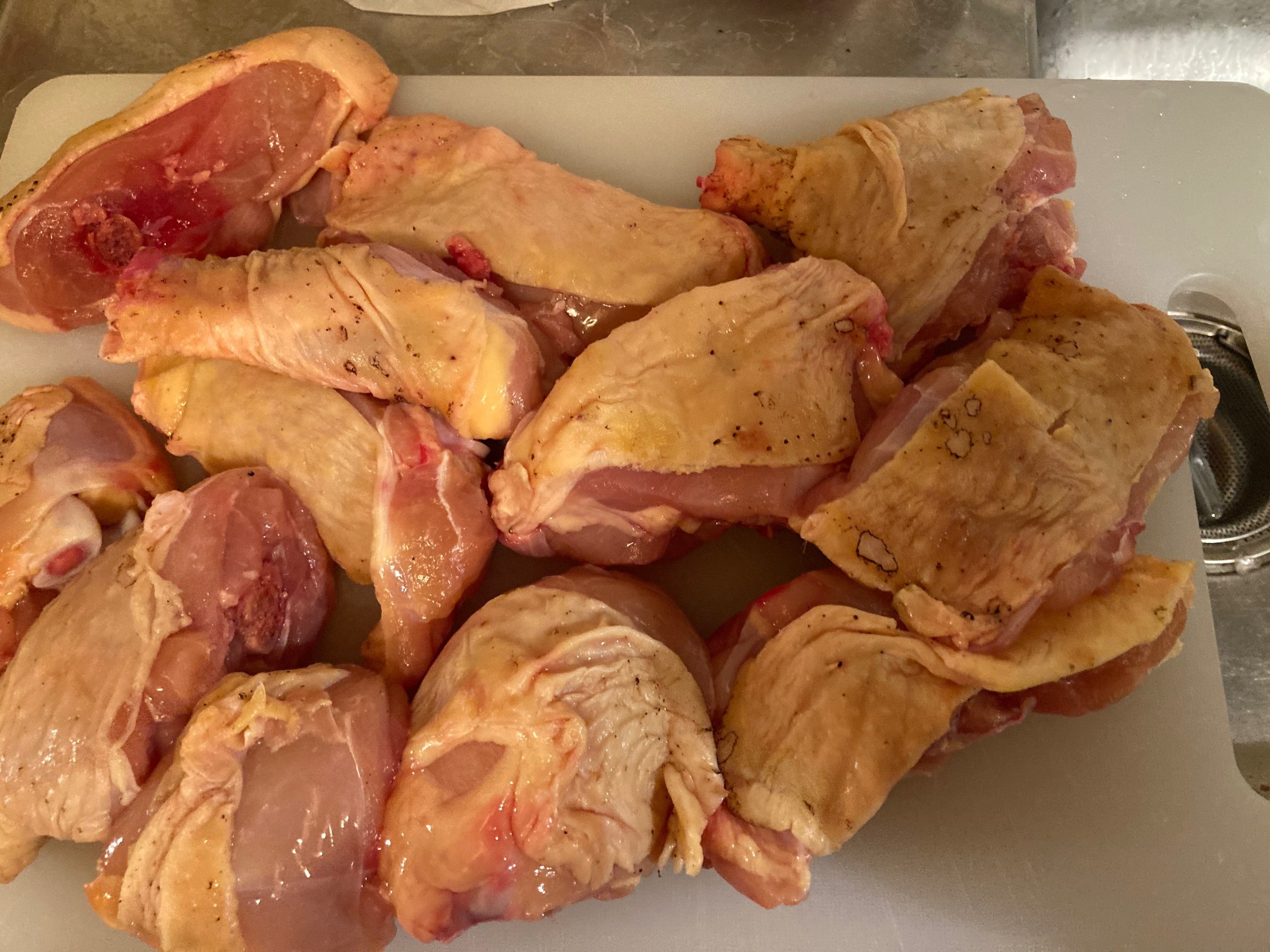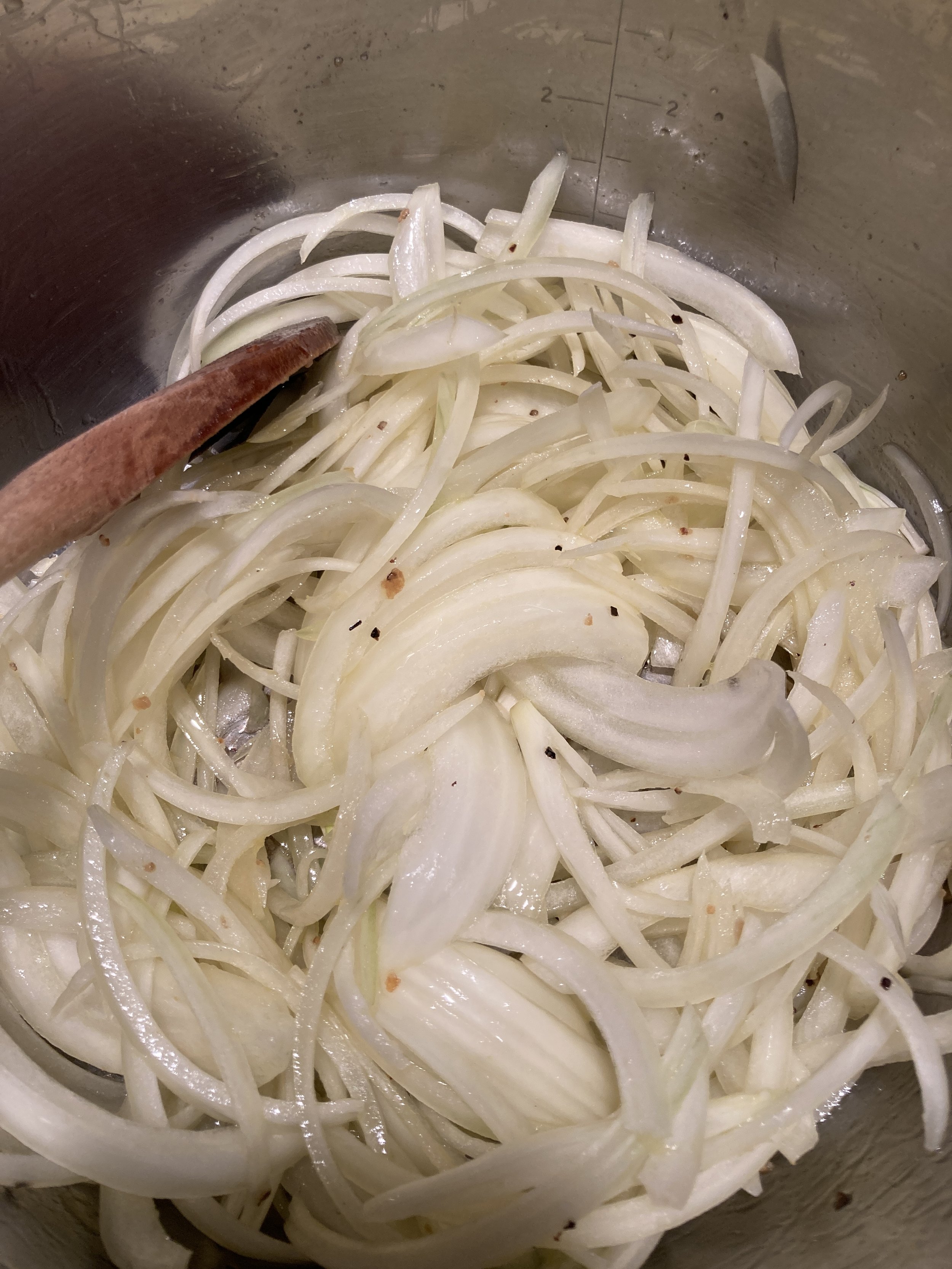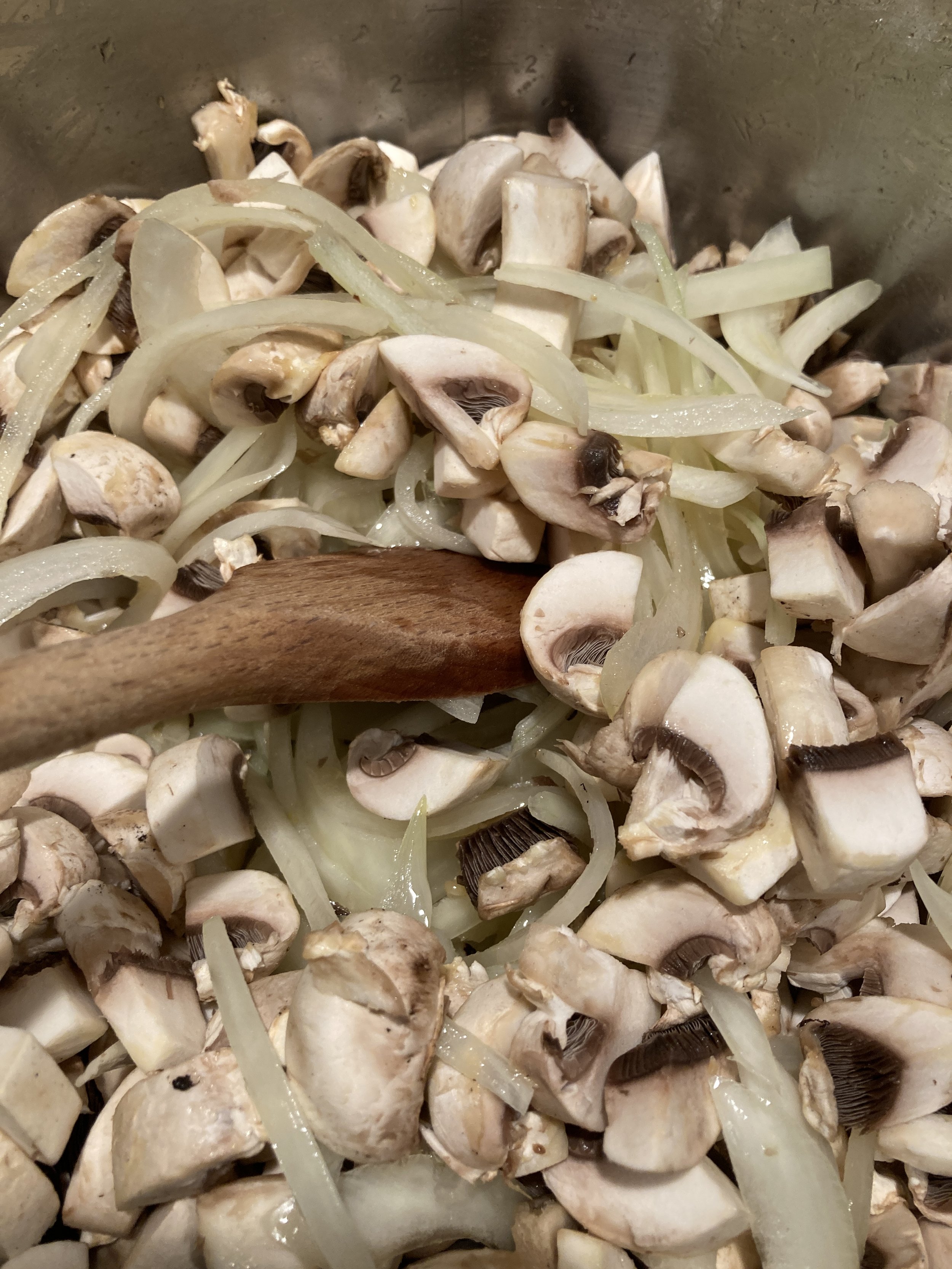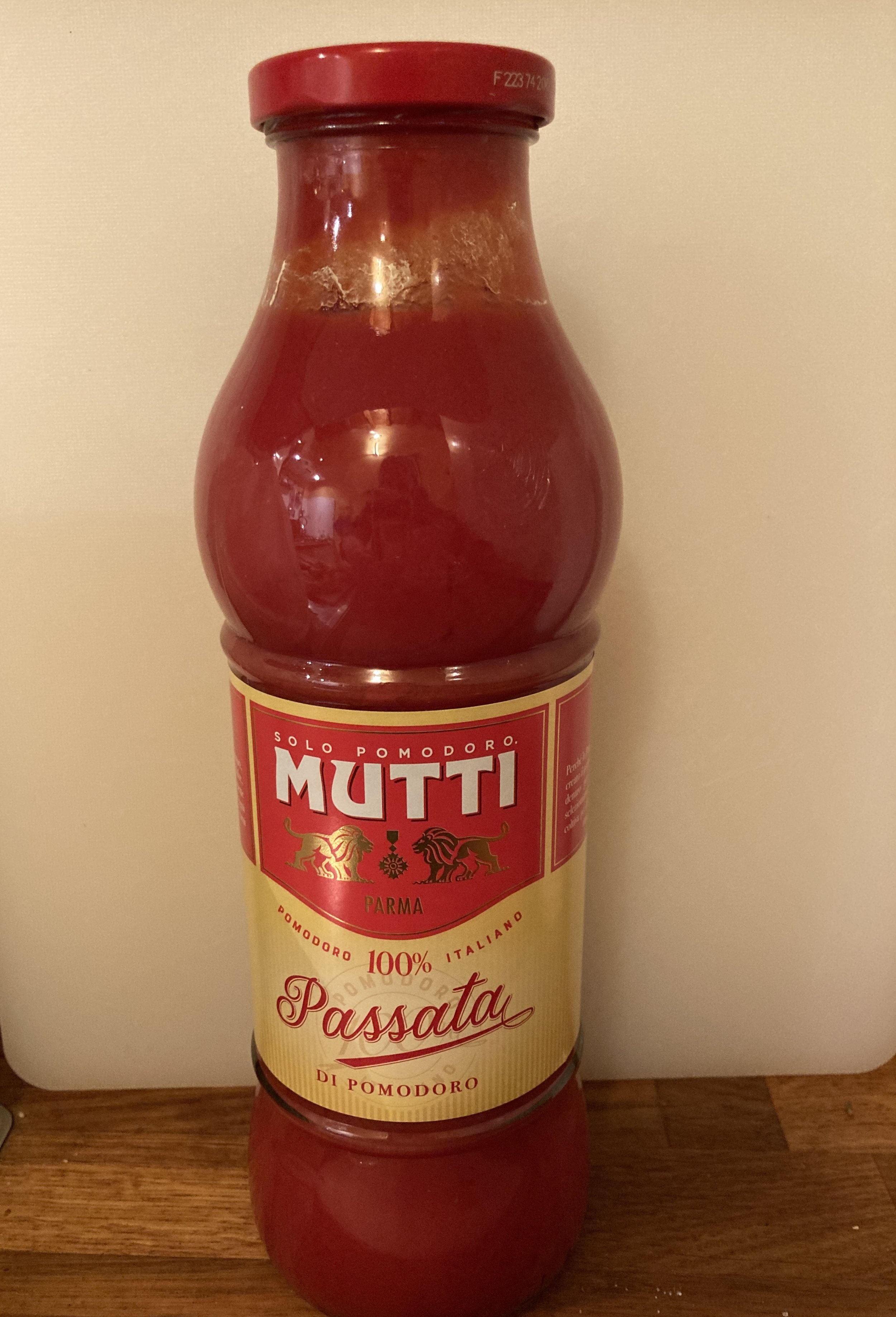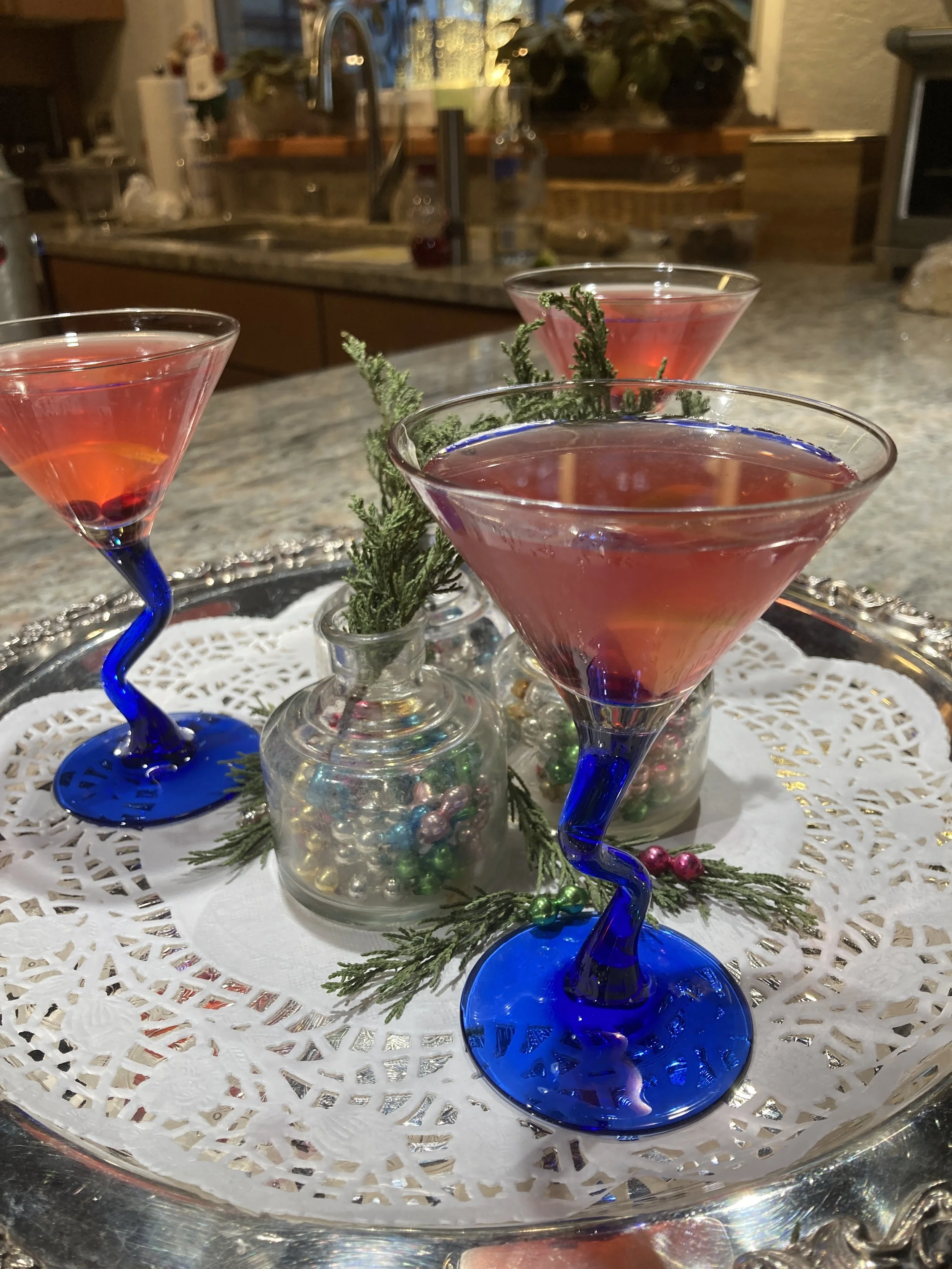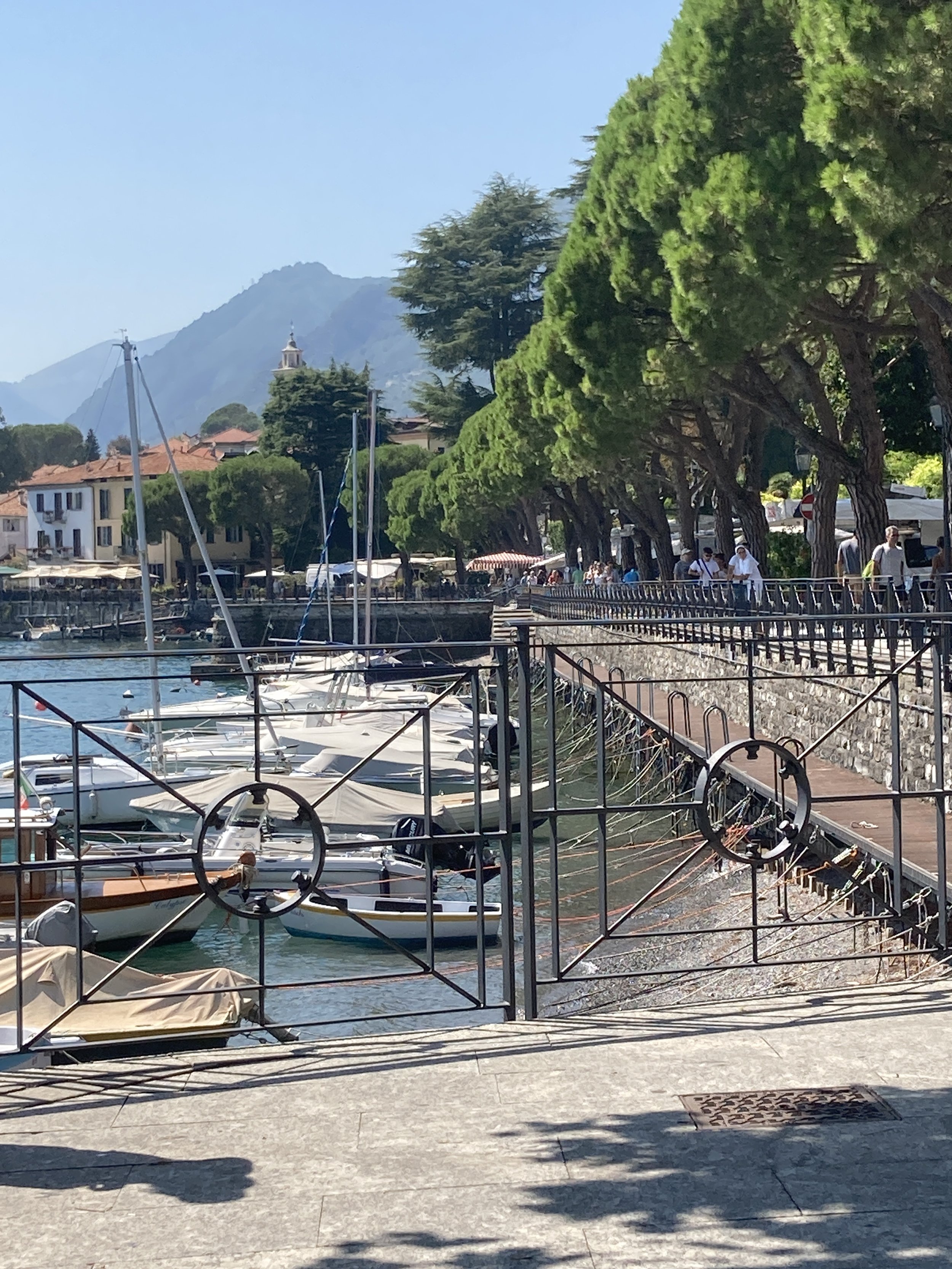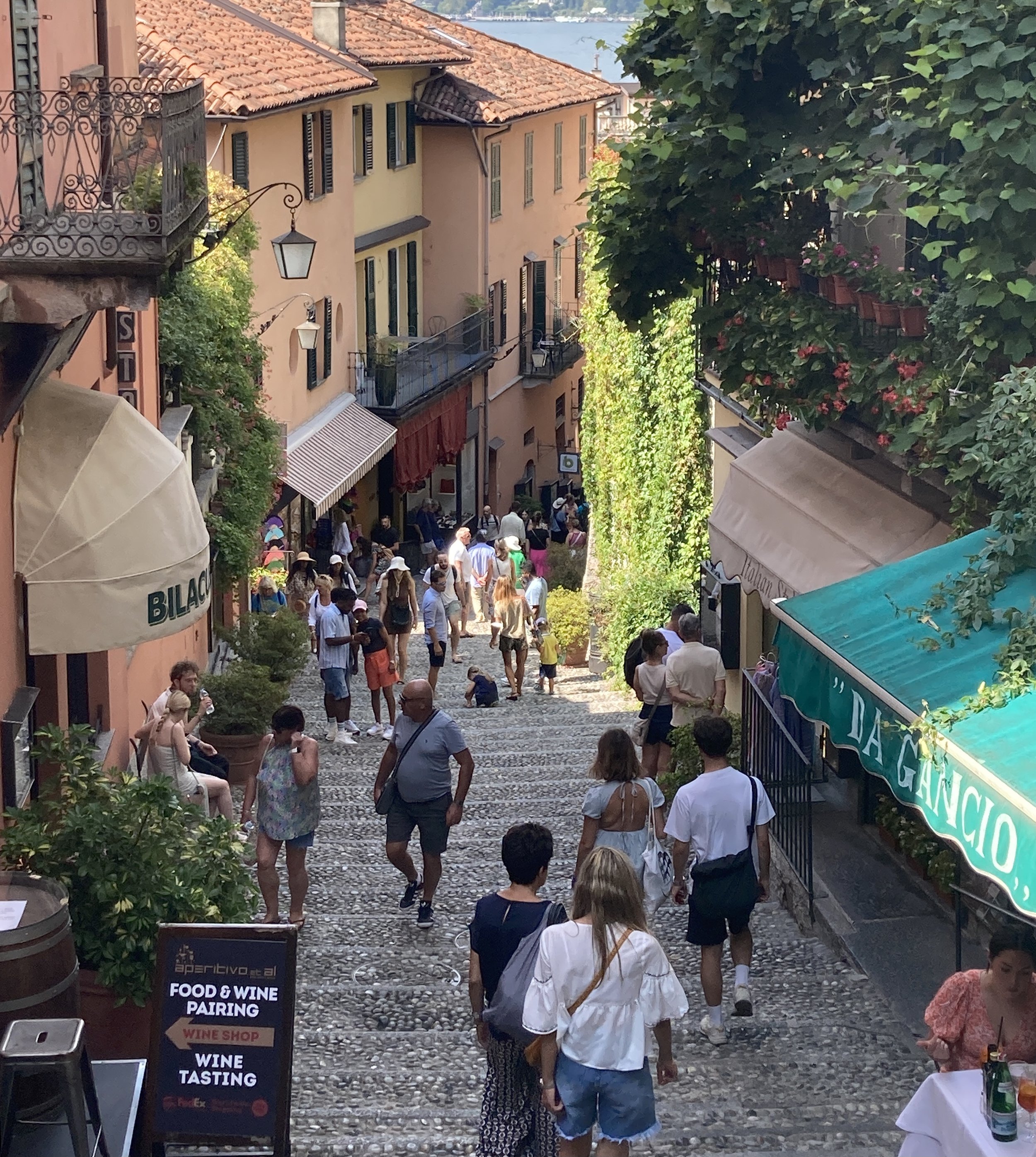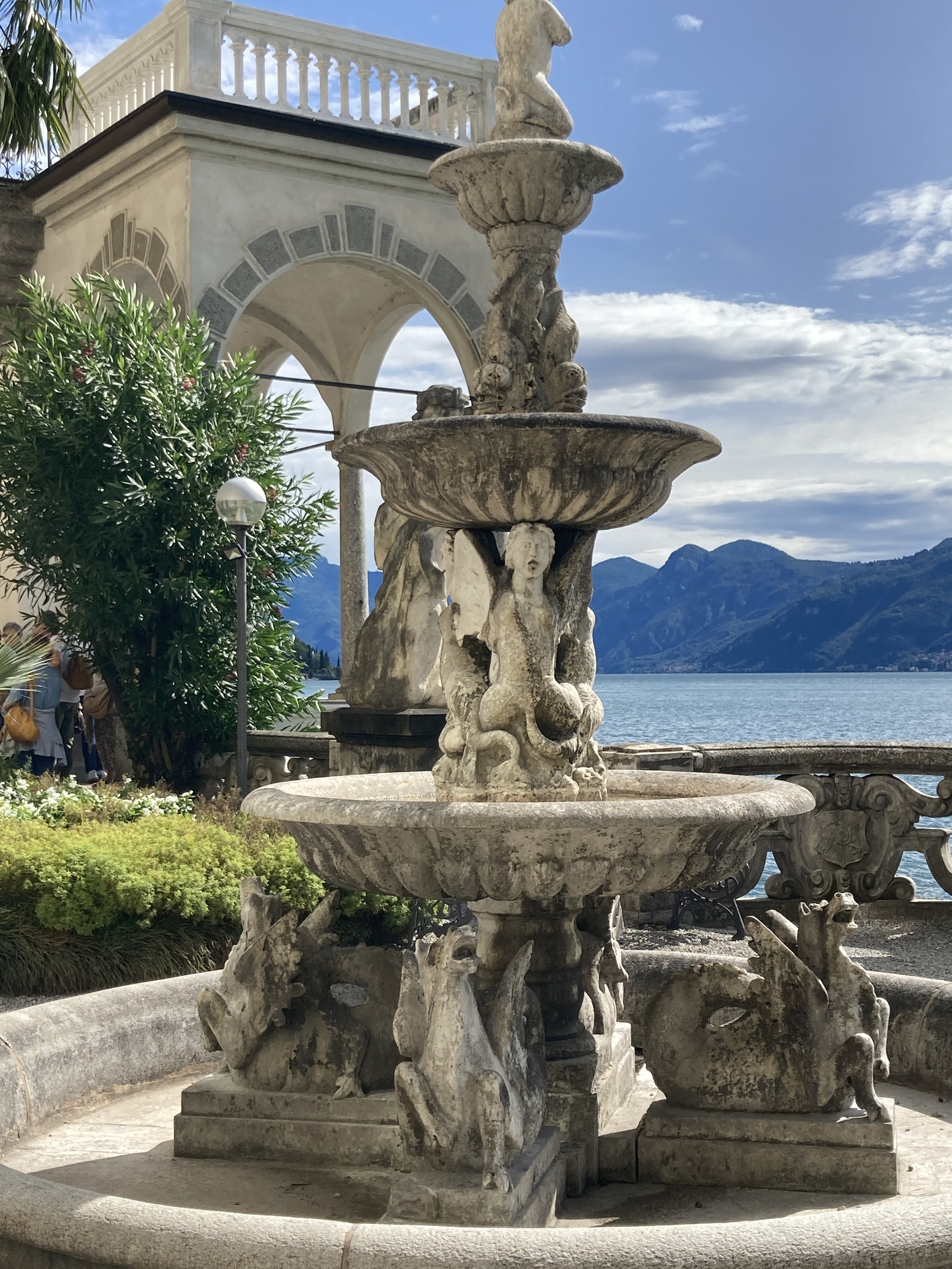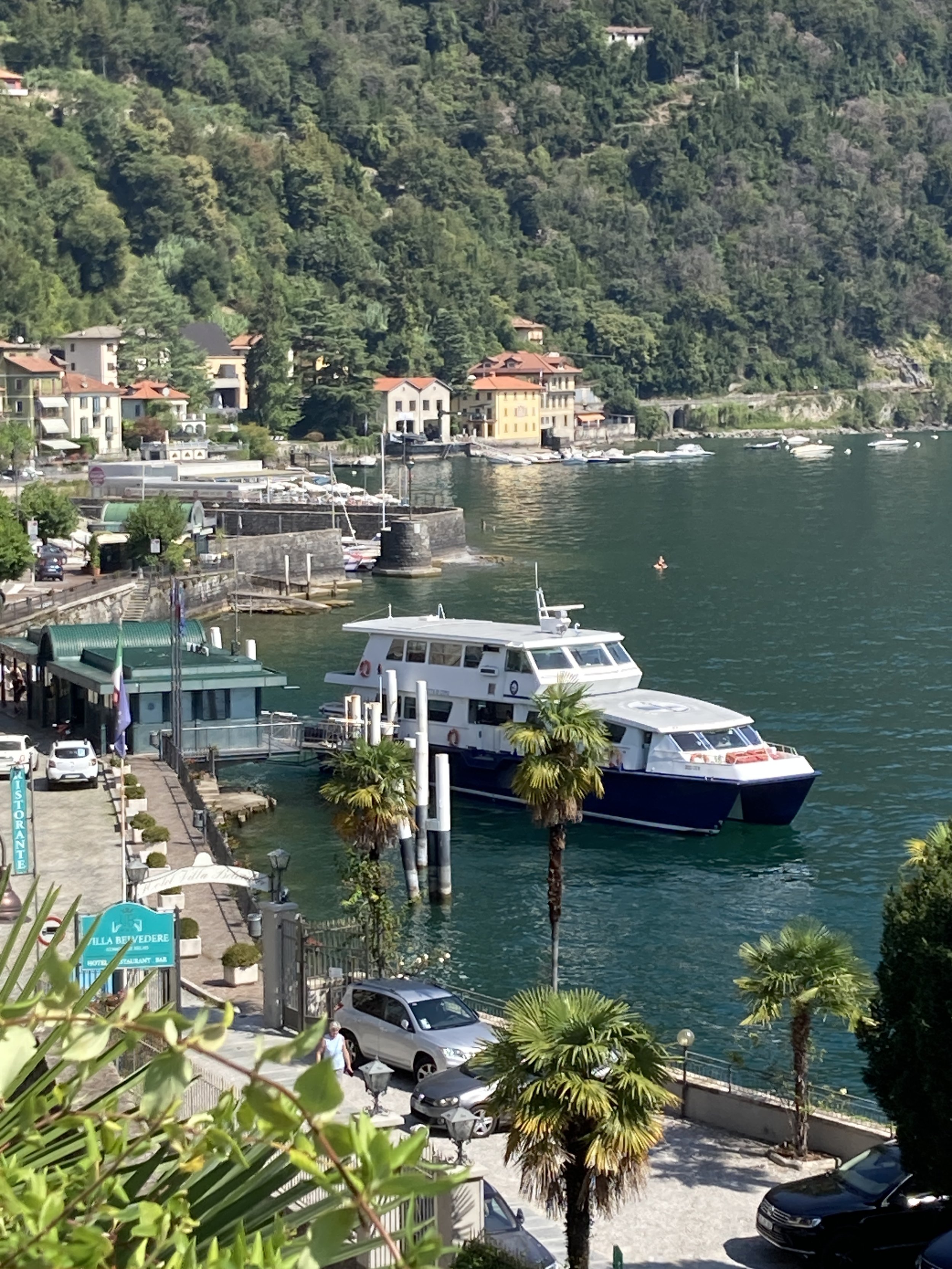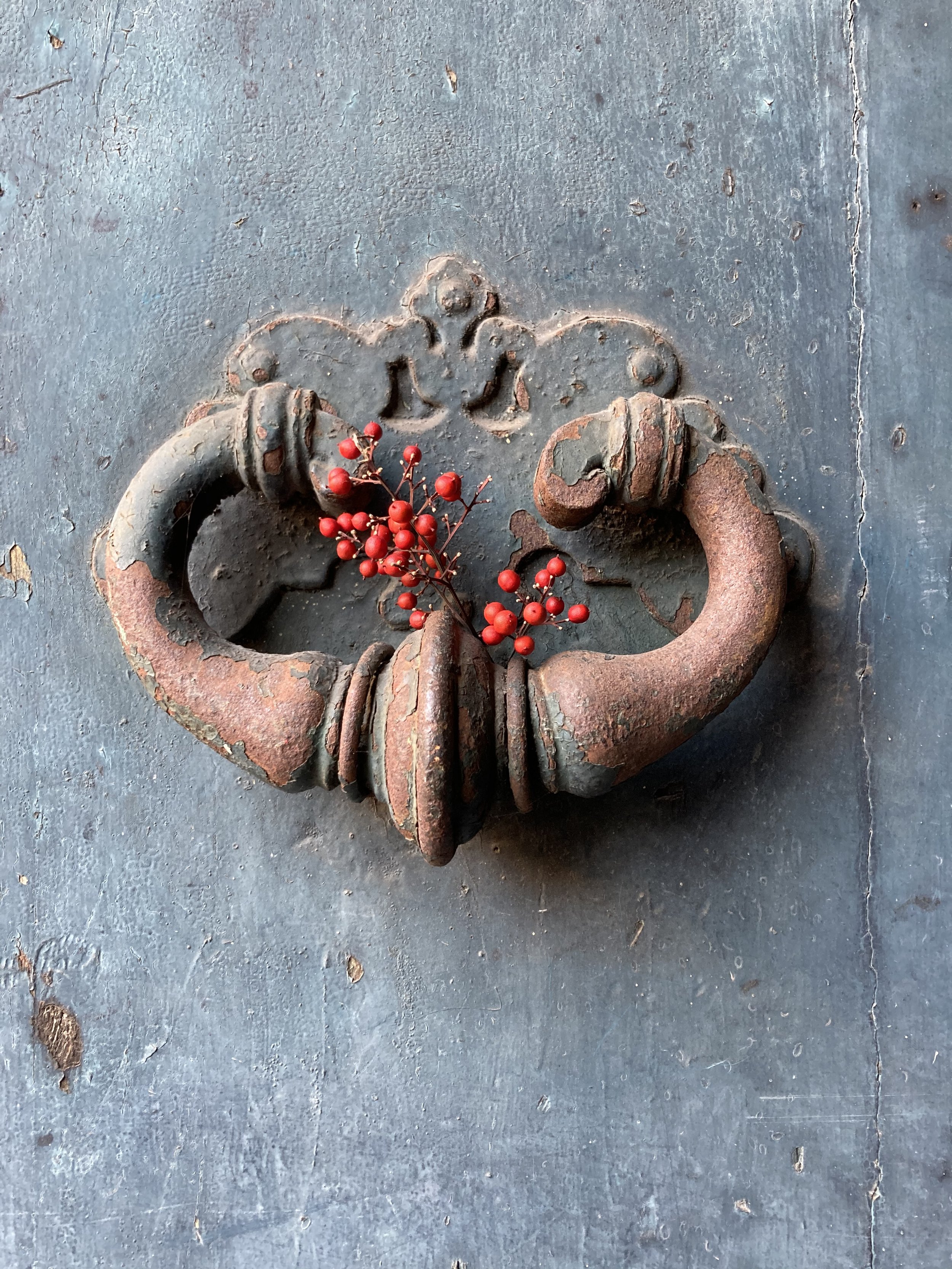The Everything in 1 Carry-on Bag Myth
I've read at least 100 articles about the virtues of fitting everything needed for a trip of any length, from 2 days to 2 months, into a single carry-on bag. I've read and reread them. I've tried to follow this advice, really I have. I can almost do it too. I pare down to the essentials, I compress and I cram and I get the suitcase shut only to find that it is then too heavy for me to lift into an overhead bin.
Oh, the sense of failure that has plagued me each time I've packed, realizing at the last minute that I would not get everything into one carry-on sized bag that I could lift.
Varenna, Lake Como. This is the kind of terrain that requires traveling as light as possible
And then one day I realized that it's all a myth. Who determined that we should only travel with a carry-on? It makes great sense if you are moving frequently between cities, dragging bags along cobblestones, hauling them onto a train every few days, trekking in the Alps. I get that. Packing light is definitely a good strategy. And of course the risk of a delayed bag must be considered - that alone can be a good reason to take only a carry-on bag.
But, while flying without checking bags may be ideal, some of us have a travel style that does not fit, or at least does not demand, a carry-on only strategy. That’s especially true when a trip involves a stay in a single city, no need to bring luggage on public transportation, and no schlepping of bags over rough terrain. Not that I am advocating huge suitcases and over-packing, I am just suggesting that there may be a middle road.
How I would love to arrive in Rome on a non-stop flight from the US. But from my base in New Mexico that just isn’t possible.
One big reason that carry-on only may not work relates to where the trip begins. When flights start from a major airport, with a direct connection to one’s destination, and a large plane, it’s fairly easy to manage with only a carry-on. I do envy those direct flights from the east coast to Rome! But my trips most often begin from a non-hub city which means a minimum of two legs with at least one leg on a small regional jet. Some of those smaller jets have overhead bins that are too small for even a mid-sized bag. That leads to the dreaded announcement that everyone needs to gate check their carry-on bag. The problem here is the wait for the gate checked bag to be unloaded. Those extra 15 minutes or so at the jet bridge can make a tight connection problematic and can even lead to a missed connection. Much better to check a bag all the way through to a final destination and avoid the gate check worry if flying on a small regional jet.
While I'm not particularly high maintenance, I do have some travel essentials and the older I get the more my list of essentials seems to grow. Eye glasses, medications, KT tape for sore knees, a sun hat, lots of ibuprofen, an umbrella, and comfortable shoes are all must and take up extra space. I can pare down clothing and do laundry during a trip. I am just fine with only 2 pairs of shoes. Forget about dressy clothing. But I do want to look pulled together and have some variety in clothing, especially on a trip that includes some special events or a stay in a more sophisticated city. Some longer trips require bridging two seasons and a wide range of temperatures. Winter trips may require boots and other cold weather gear. It just isn’t always possible to fit everything needed into a carry-on bag.
Paris, December 2022. So cold! Packing included long underwear, gloves, boots, scarfs, warm sweaters, hats. No way would just a carry-on bag have worked especially on the regional jet between Florence and Paris !
Many people these days travel with medical equipment. They may bring a CPAP machine, folding cane, or other bulky supplies. And while US carriers generally allow an extra carry-on bag for medical equipment, many foreign carriers do not. In that case the CPAP machine goes into the one allowed carry-on bag, leaving less room for clothing and other essentials which must go into a checked bag.
So, I have finally decided to ditch the guilt and embrace a packing style that lies somewhere between a single carry-on bag and setting off for the continent with 3 steamer trunks.
Here are some of my self-imposed packing "rules"
My favorite bag to check is this relatively small Eagle Creek.
Rule #1 is that I must be able to handle my luggage by myself. If it’s too heavy, too bulky, or too numerous to manage on my own, it’s a mistake whether I have one bag or two. Yes, a kind, tall stranger may volunteer to lift a bag onto a train or into an airplane overhead compartment for me, but that is never something I count on. Nor would I ever expect a travel companion to do my heavy lifting. My bags, my responsibility. As for those folks struggling up train steps with oversize bags, expecting the nearest young man to lift the heavy bag for them, or juggling two huge suitcases down a narrow train aisle …. well, I simply shake my head and hope they’ve learned a lesson for a future trip.
Next rule: I am never tempted to go big just because a bag is being checked. My usual checked bag is an older and rather petite 22x14x8 inch Eagle Creek. It actually meets carry-on standards for most airlines but works perfectly to check. This means I still need to be discriminating about what I pack. I can easily handle this not-too-big bag, along with my small carry on, when negotiating airports or even trains (see rule #1). And once I’ve checked it at the airport, I have only a smaller carry-on and my “personal item” to contend with.
I love getting a message via my AirTag letting me know that my checked bag has safely arrived and will be waiting for me inthe baggage area.
A recent addition to my list of musts is to add an AirTag to any checked bag. This is a new travel essential. It was a big help when my checked bag did not arrive on time at the end of my recent flights from Italy to the US. The air tag confirmed that the bag was still in Frankfurt even when the airline’s tracking system told me it had arrived with me to the US. Knowing the bag’s location made tracking it down much easier. It arrived 2 days later with the AirTag sending me an update on its location every step of the way.
A small wheeled bag works as my carry-on to hold essentials and things I am reluctant to check. This includes a change of clothes (or two) in case the checked bag is delayed, jewelry, laptop, all medications, and other absolute essentials. It choose one just big enough to carry all of the items above, plus a travel CPAP, and yet not be too heavy to lift into the overhead. 14-16 inches high seems to be a perfect height for a roll-aboard bag. Having these essentials ensures that my trip will be off to a good start even if my checked bag should be delayed.
Some travelers prefer a duffel type carry-on without wheels. They are definitely easier to fit into overhead compartments. But I have no interest in lugging around a duffel. Give me spinner wheels any day! I also appreciate a rigid handle so that I have the option to slip a personal item over the handle of my carry-on, making for one-hand-free movement. The carry-on bag will go in the overhead compartment, so it is important to avoid putting anything needed during the flight into this bag.
I'm all about organizing both my checked bag and my carry-on. I love Eagle Creek Specter compression bags! They are practically weightless and go a long way toward reducing the bulkiness of clothing. I love these so much that I often give them as gifts to my traveling friends.
In addition to a small carry-on bag, most US and European airlines allow a personal item such as a purse, small backpack, or satchel. I am not a fan of backpacks, mostly because I’ve been whacked in the head with someone else’s backpack during the boarding process all too often. I much prefer a purse or tote bag. Into this goes anything needed during a flight. My list always includes: a pashmina, antibacterial wipes, an overnight kit with medications and any toiletries that I will need in flight, a couple of face masks. I also put in a magazine, noise cancelling earbuds, phone, a small case with chargers, cords and adapters, tissues, prescription glasses, a snack, mints, and a tiny cross-body purse. A small thermos, which I fill with coffee or tea after going through security for a bit of in-flight comfort, also tucks into my tote bag. My passport holder is clipped into an internal zip pocket. The tote goes under the seat and so is easy to access during the flight.
I am a bit embarrassed to admit how many personal items / totes I have owned over the years. It seems I am always on a search for the perfect one and have bought (and set aside) many more than I will own up to. Some were too large, or too heavy, too structured, some too narrow or without enough pockets.
Despite having several still tucked away in my closet, the bag I almost always end up using as my personal item is my Baggallini tote. It is lightweight, flexible, has lots of organizing pockets inside and out, an internal zipper compartment for a passport, two exterior pockets that fit a thermos or water bottle, and it fits easily under even the smallest of airplane seats. It also has a luggage sleeve, something I consider essential. Mine is nearly 10 years old and still looks new. It has the best combination of being light weight, functional, and just the right size of any tote bag I’ve found.
I will head back to Italy in a couple of weeks with a checked bag armed with an AirTag for tracking. My little roll-aboard will go in the overhead and my Baggallini tote will be under my seat. Since I will have a car to take me straight to my Lucca apartment from the airport, no train travel involved, the extra bag is not a problem.
More power to the travelers who can go carry-on only. I admit that I still envy you but I have learned to be ok with my need for a checked bag.
Time to start packing!
